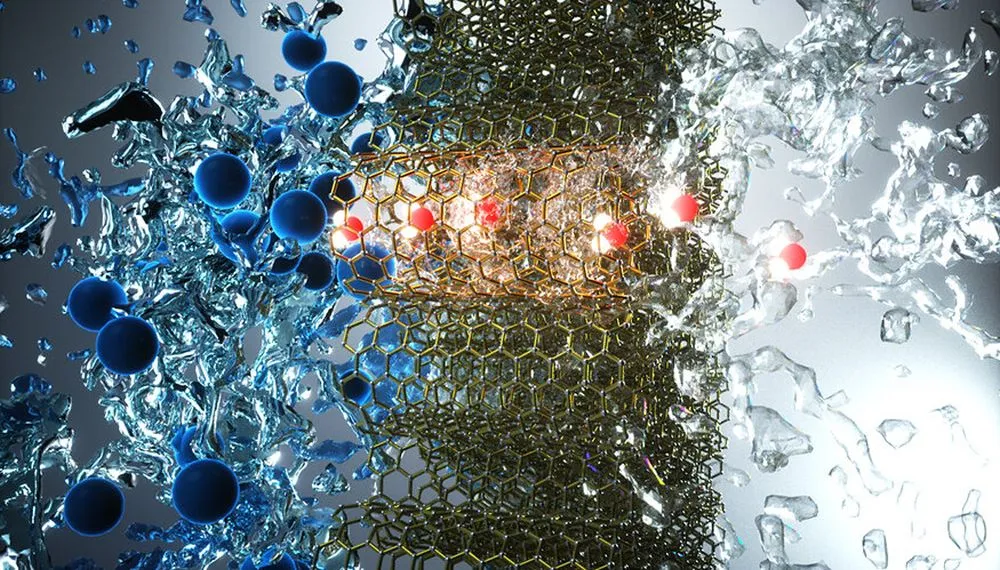Researchers Develop New Carbon Nanotubes for Efficient Desalination
Water is an essential element for the sustenance of all life, but owing to many reasons, the drinkable water resources have been declining quite rapidly for the past few years. The process of desalination has gained a certain significance under these circumstances. While there are many desalination processes that have proved useful, many have their drawbacks. Recently, the researchers have developed new carbon nanotubes for efficient desalination.
Lawrence Livermore National Laboratory (LLNL) researchers have developed carbon nanotube (CNT) pores, which are so efficient at separating salt from the water that they are comparable to commercial desalination membranes. The tiny CNT pores are merely 0.8 nanometers in diameter; in comparison, a human hair is 60,000 nanometers across. The research was published in the journal Science Advances.

High permselectivity of small-diameter nanotubes can enable advanced water desalination technologies | Image: LLNL
The most popular desalinating technology, reverse osmosis, uses thin-film composite (TFC) membranes to remove water from the ions present in saline feed streams. But some basic disadvantages remain, such as TFC membranes are controlled by the permeability-selectivity trade-offs and often have inadequate denunciation of some ions and micropollutants, which requires additional purification stages that increase the energy and cost.
Biological water channels, also known as aquaporins, offer an outline for the structures that could provide enhanced functionality. They feature an extremely narrow inner pore that extracts water down to a single-file conformation, enabling tremendous high-water absorbency, with transport rates surpassing 1 billion water molecules per second through each pore.
Carbon nanotubes represent some of the most promising scaffold structures for artificial water channels because of the low friction of water on their smooth inner surfaces, which mimic the biological water channels.
Said Alex Noy, LLNL chemist and a lead co-author of the report.
The team created CNT porins (CNTPs)—short sections of CNTs that self-insert into biomimetic membranes—which develop artificial water channels mimicking aquaporin channel performance and intra-channel single-file water composition.
Thereafter, the researchers calculated water and chloride ion transport through 0.8-nm-diameter CNTPs using fluorescence-based assays. Computer models and experimentations using CNT pores in lipid membranes verified the procedure for increased flow and strong ion refutation through inner channels of carbon nanotubes.

